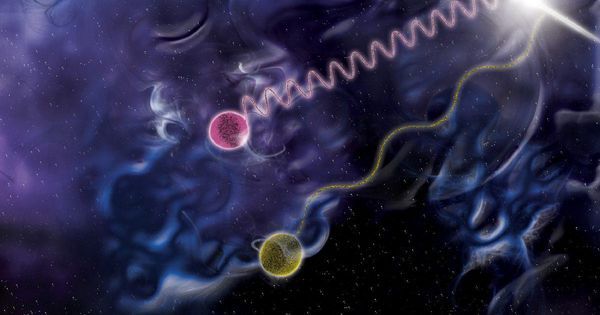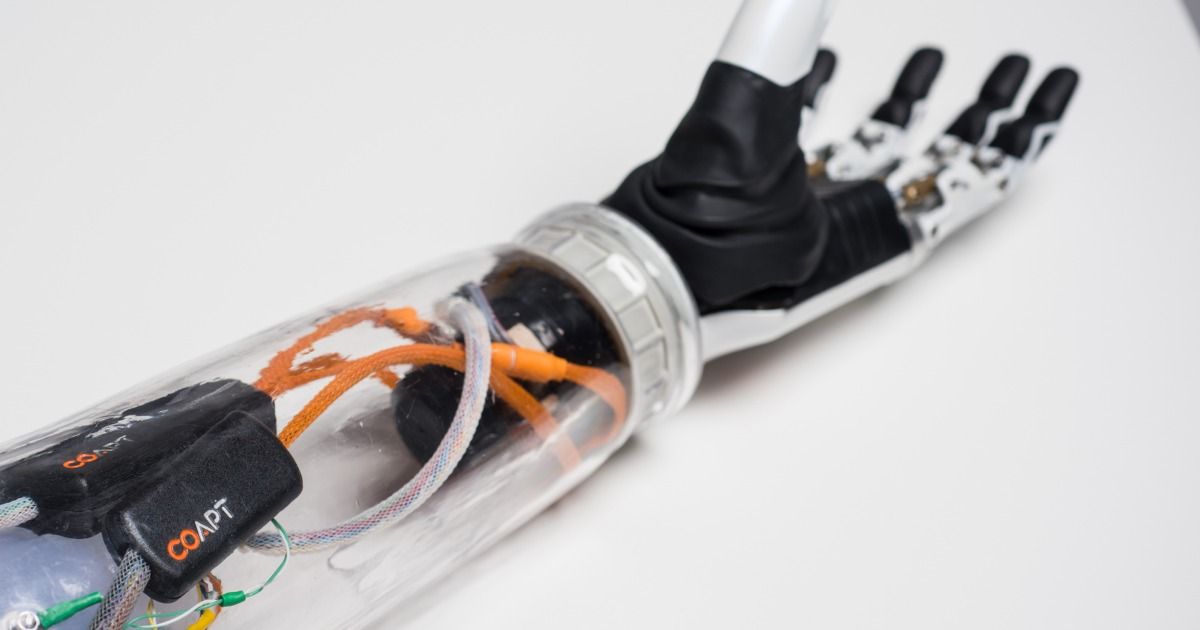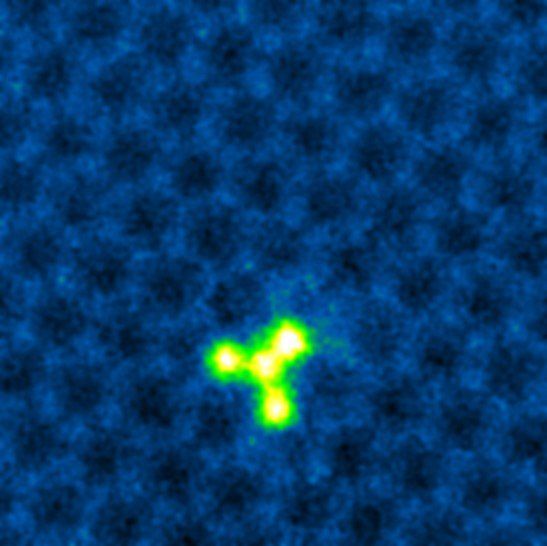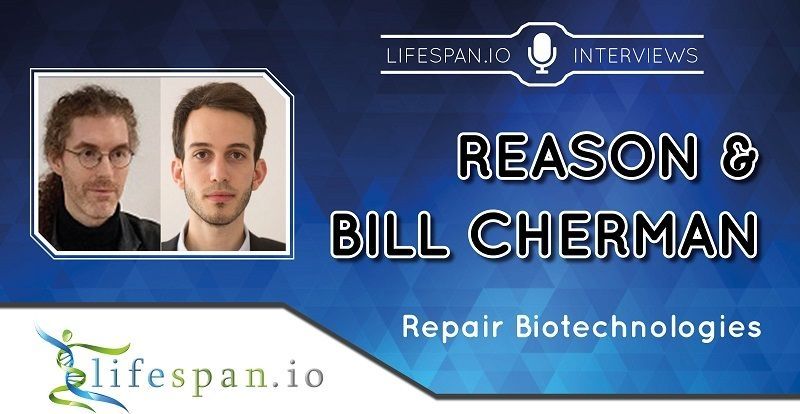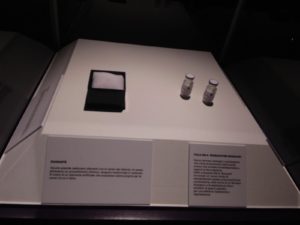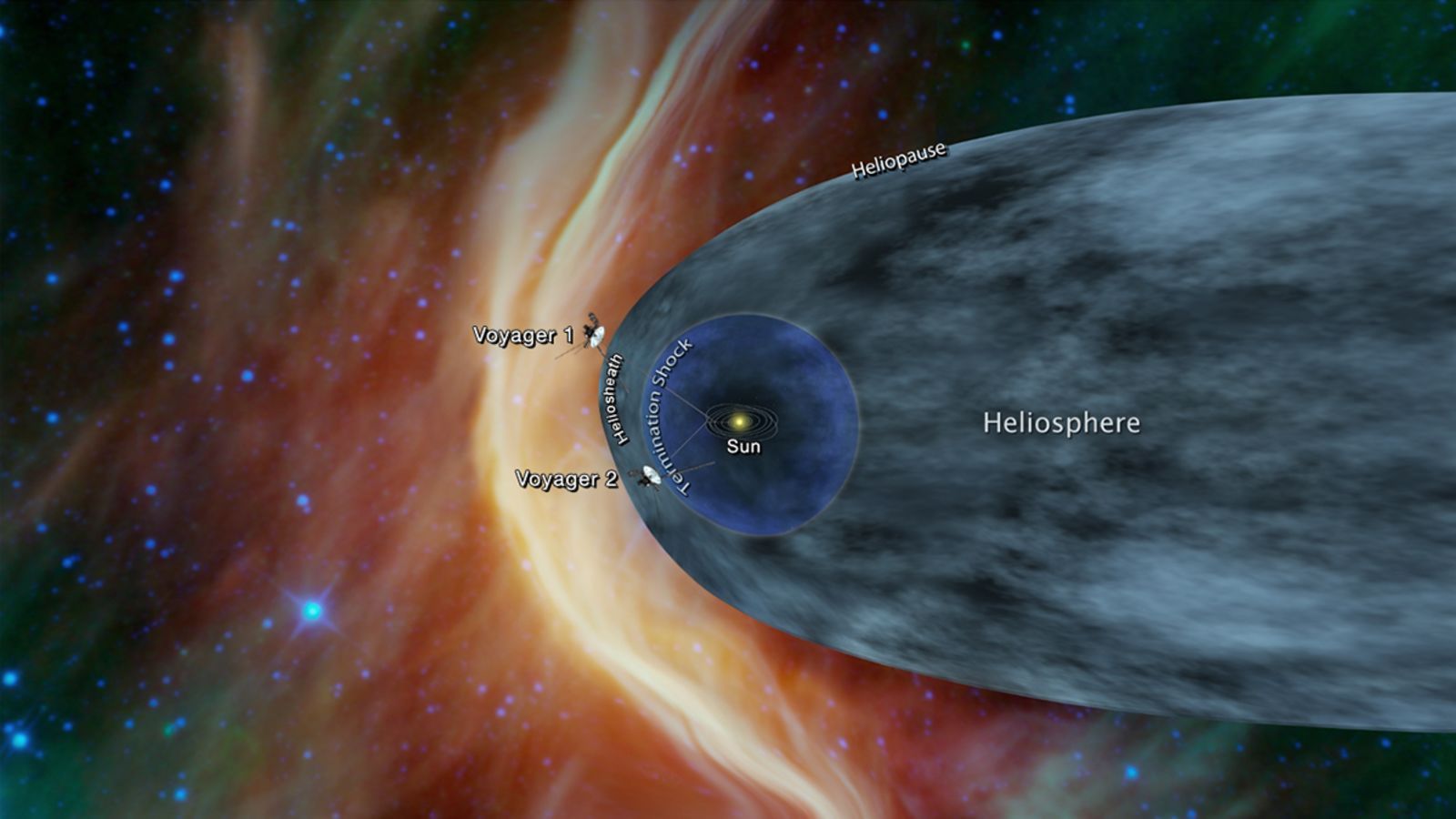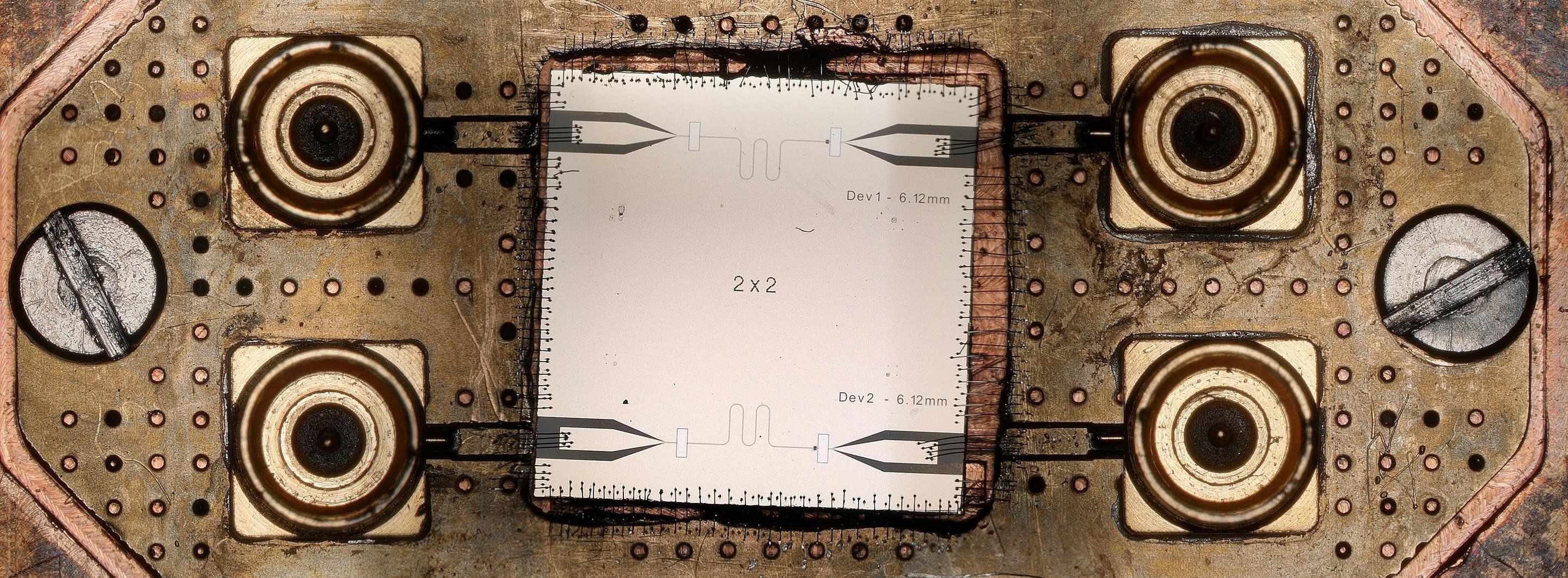“Broadly speaking, a posthuman perspective would call into question the anthropocentric notion that humans are to be privileged over all other forms of life. Posthumanism generally aligns with a more ecological perspective that favors simultaneous coexistence with other species and consideration of the lives and experiences of other species. Posthumanism would thus resist the notion that humans are at the center of any given context and would instead posit that human society is composed of a web of interwoven, entangled relationships of humans, nonhuman animals, organic and inorganic matter, and so on.” https://www.psychologytoday.com/…/conservation-and-compassi… https://paper.li/e-1437691924#/
A new book called “Visualizing Posthuman Conservation in the Age of the Anthropocene” argues against human domination and favors peaceful coexistence with other species.

